Common green leaf prolongs the feeling of satiety and benefits the intestines

A regular presence at Brazilian markets and tables, kale is a vegetable that proves that simplicity and health can go hand in hand. This is according to nutritionist Luiz Henrique Oshiro . "Behind its intense green color and distinctive flavor, it hides an arsenal of nutrients," adds the expert, highlighting that the leaf is a champion in the presence of vitamin K, essential for maintaining strong bones and healthy blood flow.
The leaf is also rich in vitamin C, which helps boost the immune system and contributes to collagen production. Adding to its health benefits, kale contains vitamin A, calcium, magnesium, potassium, and fiber, which support the gut and prolong feelings of fullness.
"It contains antioxidant and anti-inflammatory compounds, such as flavonoids and sulforaphane, which help protect the body against premature aging and some chronic diseases," adds Luiz.
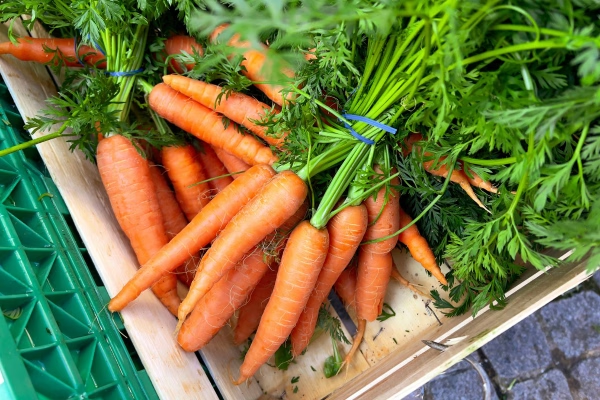
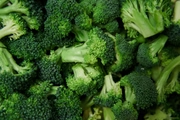
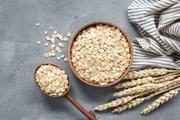
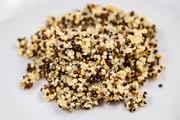



Carrots are a food rich in fiber
Getty Images
Cruciferous vegetables, such as broccoli, are packed with nutrients and fiber.
Getty Images
This fiber is often new to beginners in the fitness world.
Getty Images
In addition to being a great food for gaining lean mass and rich in fiber, quinoa is also free of sugar, gluten and cholesterol.
Getty Images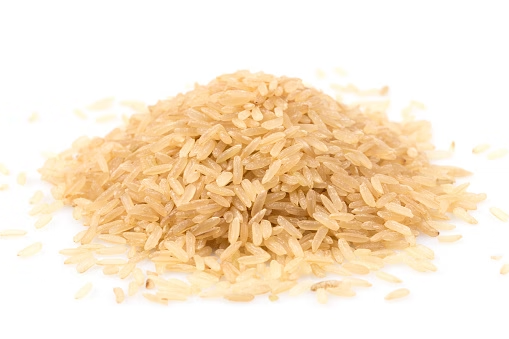
Common in the Brazilian diet, like beans, brown rice is a good option to increase fiber intake.
Getty ImagesThe nutritionist notes that kale is versatile and can be used in a variety of dishes. Raw, it goes well in salads and green juices, but it can also be sautéed with garlic and added to soups, and it's also a great snack when roasted until crispy.
"It's low in calories, high in flavor, and has a huge positive impact on your health. And here's a fun fact and a tip: despite being eaten cooked in most recipes, raw kale preserves up to three times more vitamin C than when sautéed or boiled," Luiz concludes.
metropoles





